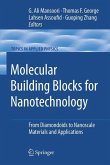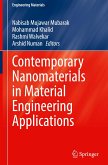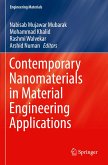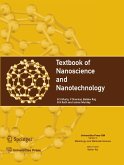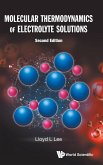This book presents nanomaterials as predicted by computational modelling and numerical simulation tools, and confirmed by modern experimental techniques. It begins by summarizing basic theoretical methods, then giving both a theoretical and experimental treatment of how alkali metal clusters develop into nanostructures, as influenced by the cluster's "magic number" of atoms. The book continues with a discussion of atomic clusters and nanostructures, focusing primarily on boron and carbon, exploring, in detail, the one-, two-, and three-dimensional structures of boron and carbon, and describing their myriad potential applications in nanotechnology, from nanocoating and nanosensing to nanobatteries with high borophene capacity. The broad discussion of computational modelling as well as the specific applications to boron and carbon, make this book an essential reference resource for materials scientists in this field of research.




